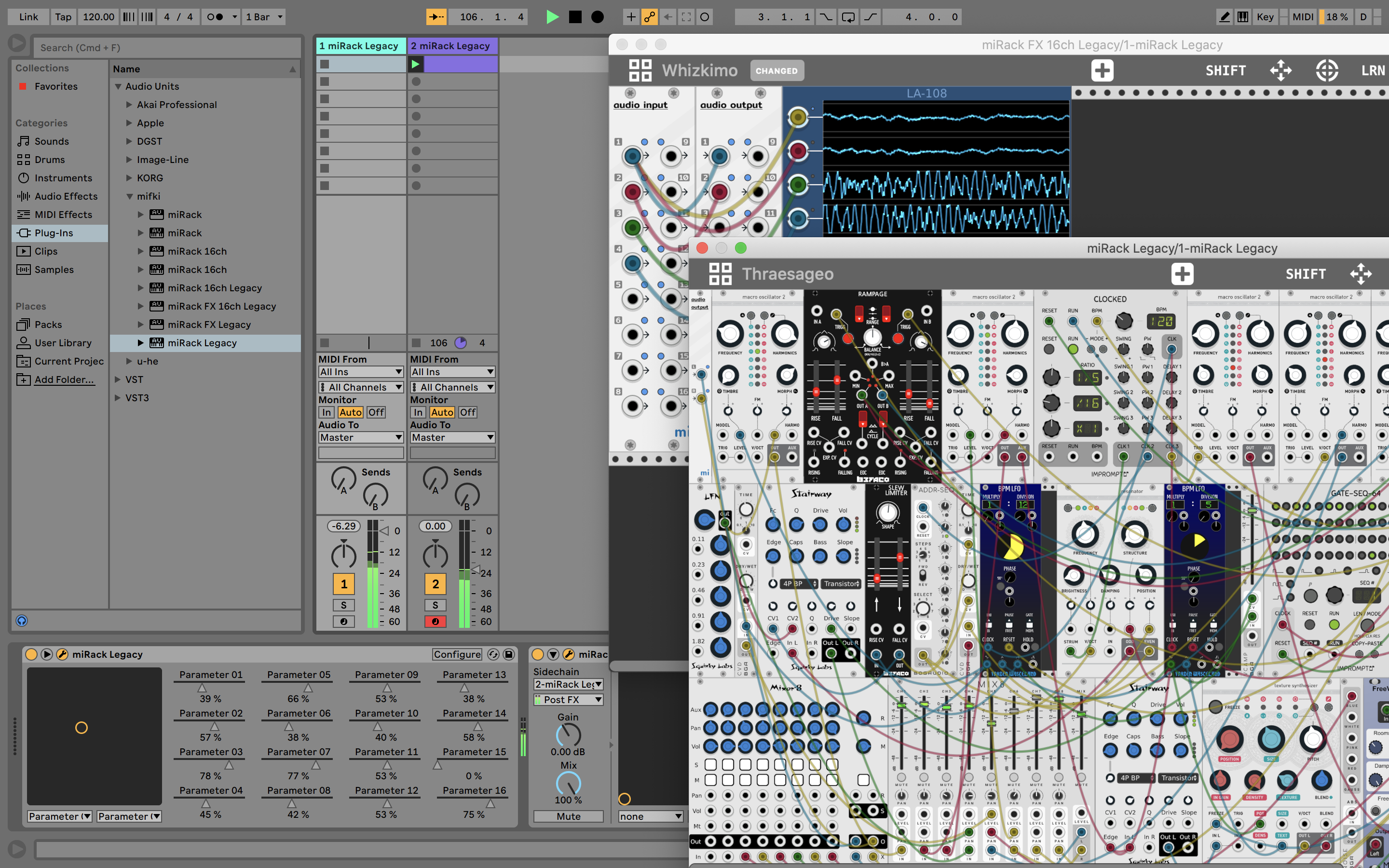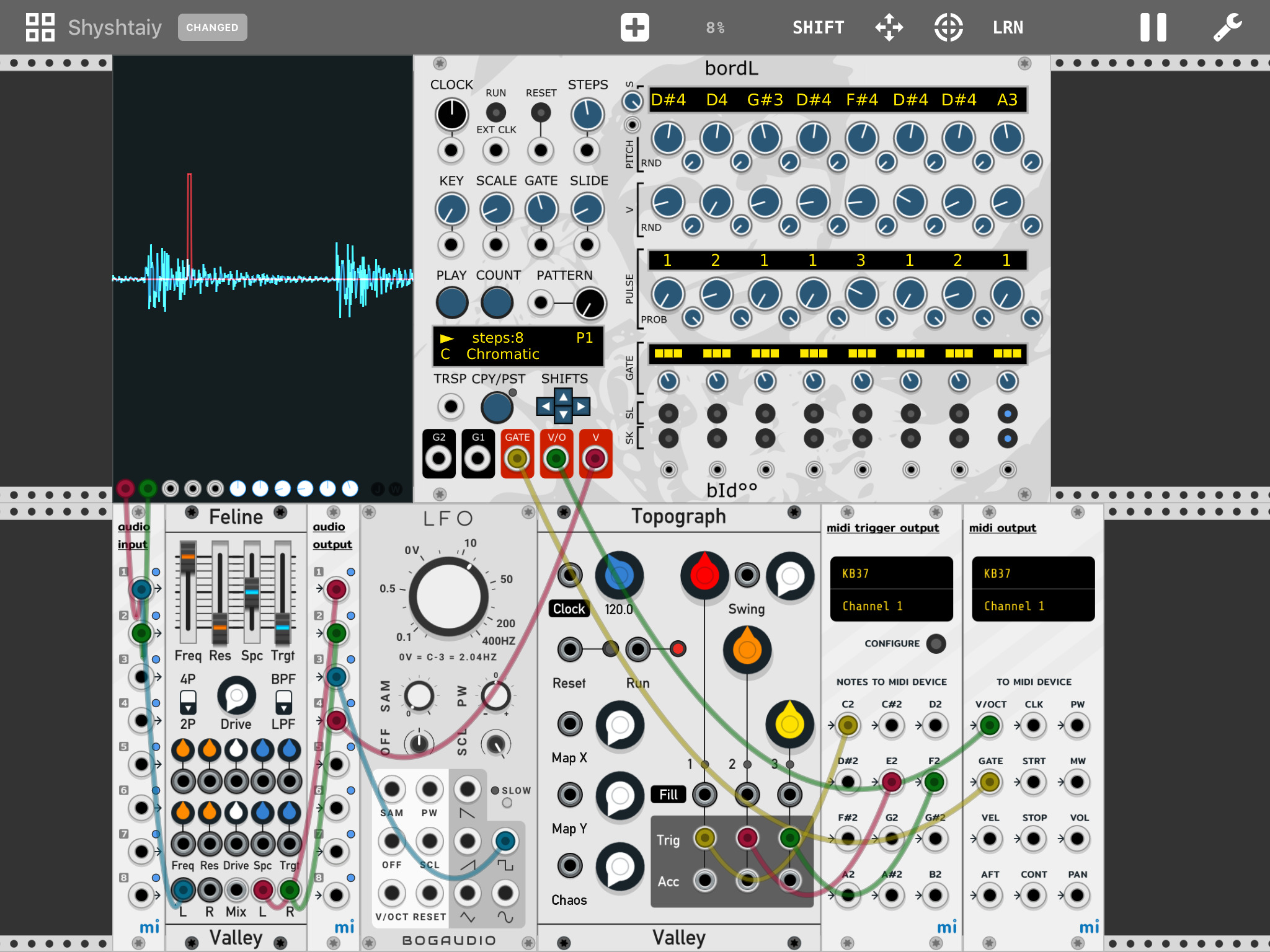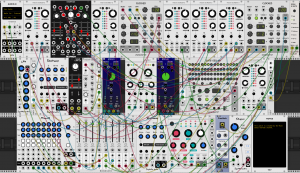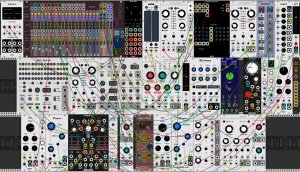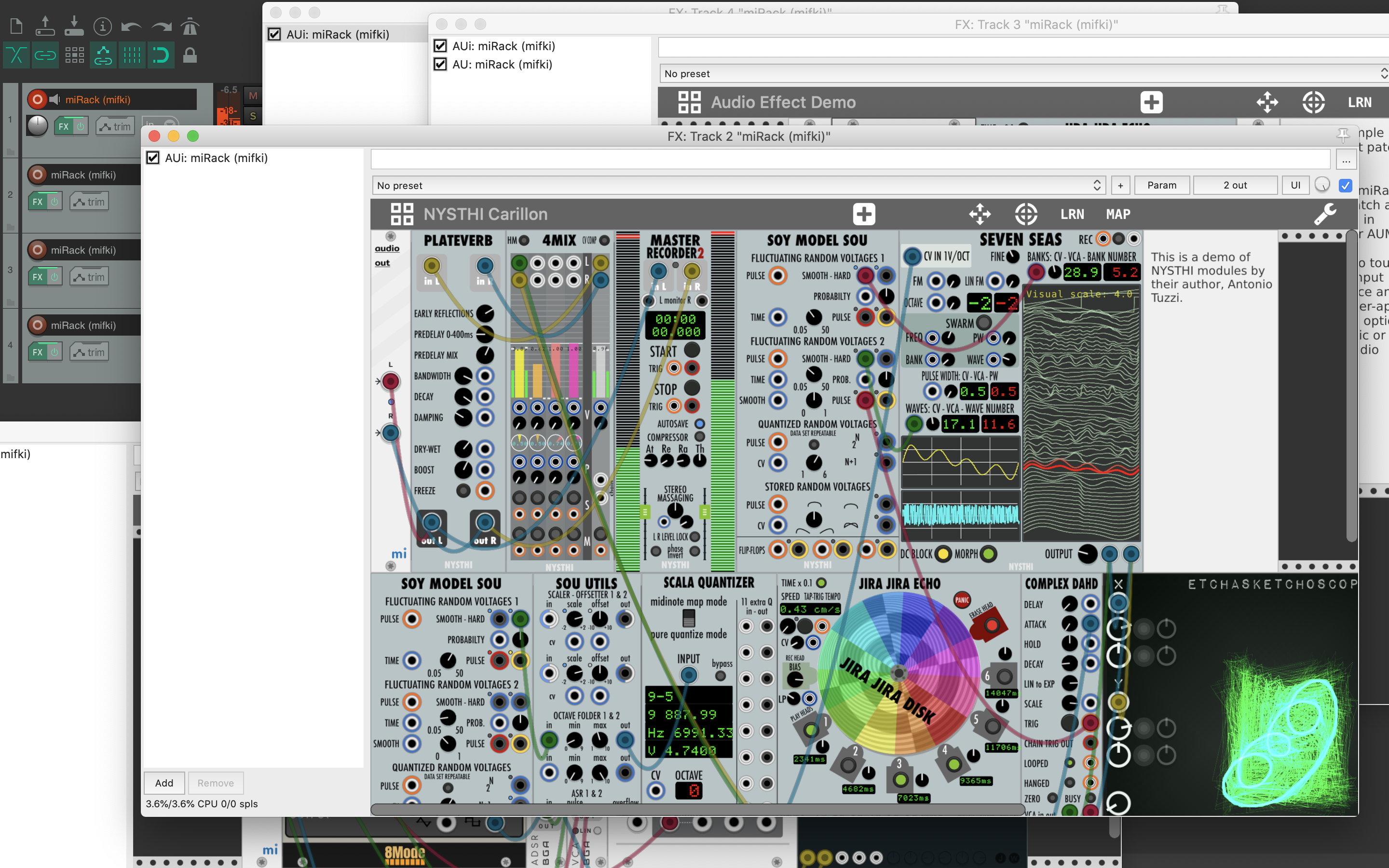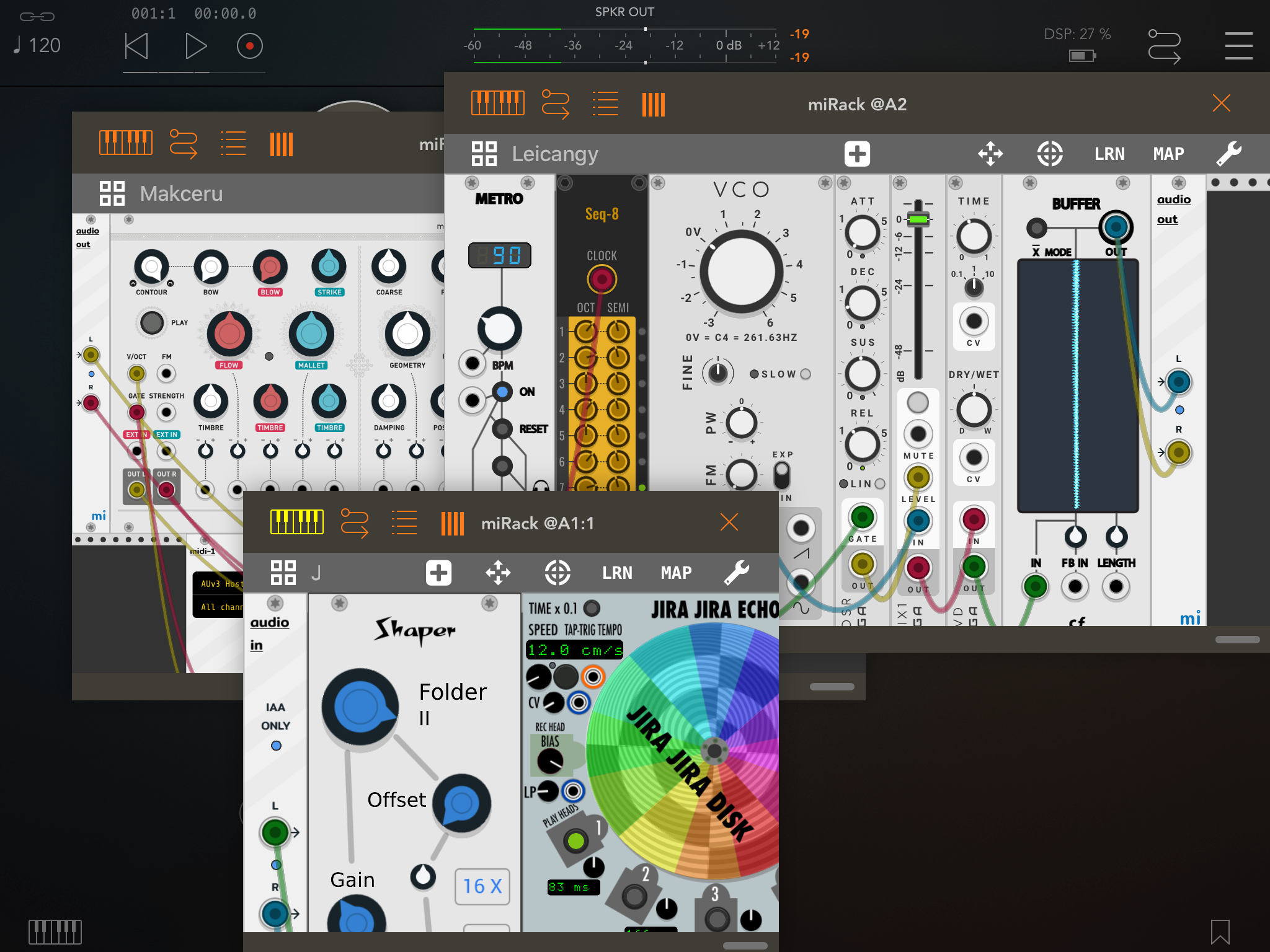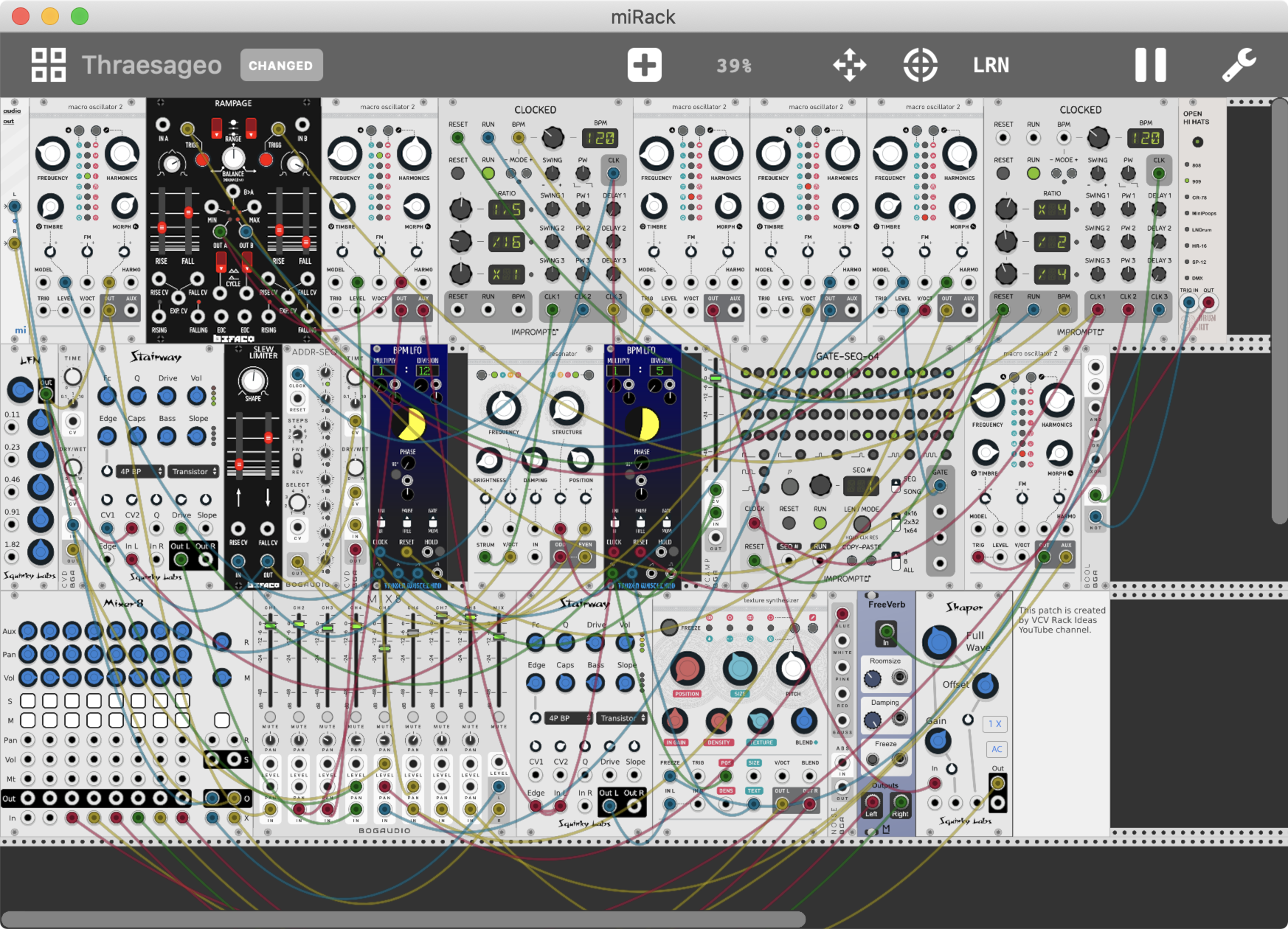After a long wait I'm happy to finally announce that Dwarf Fortress Remote iOS app and server plugin have recently been updated to support Dwarf Fortress version 0.47.05, and active development is resumed on the project.
The update also brings support for a bunch of game features and screens that were missing before. Most notably, this includes world info screens. Although unfortunately there's still no world map display, you can now view world sites, check the latest news, manage and start new missions.
Other new features include support for guildhalls, interrogations, sending units away, site-wide occupations, display of location values, better support for all petition types, viewing mission/spoils/tribute/interrogation reports, and more.
Another big change is introduction of unit and item transparency, and workshop background - features some of you using TWBT on desktop may know for a while now. They allow you to see floor tiles behind units, items and buildings, and at the same time, add background to all workshop/furnace tiles so that they are easier to see.
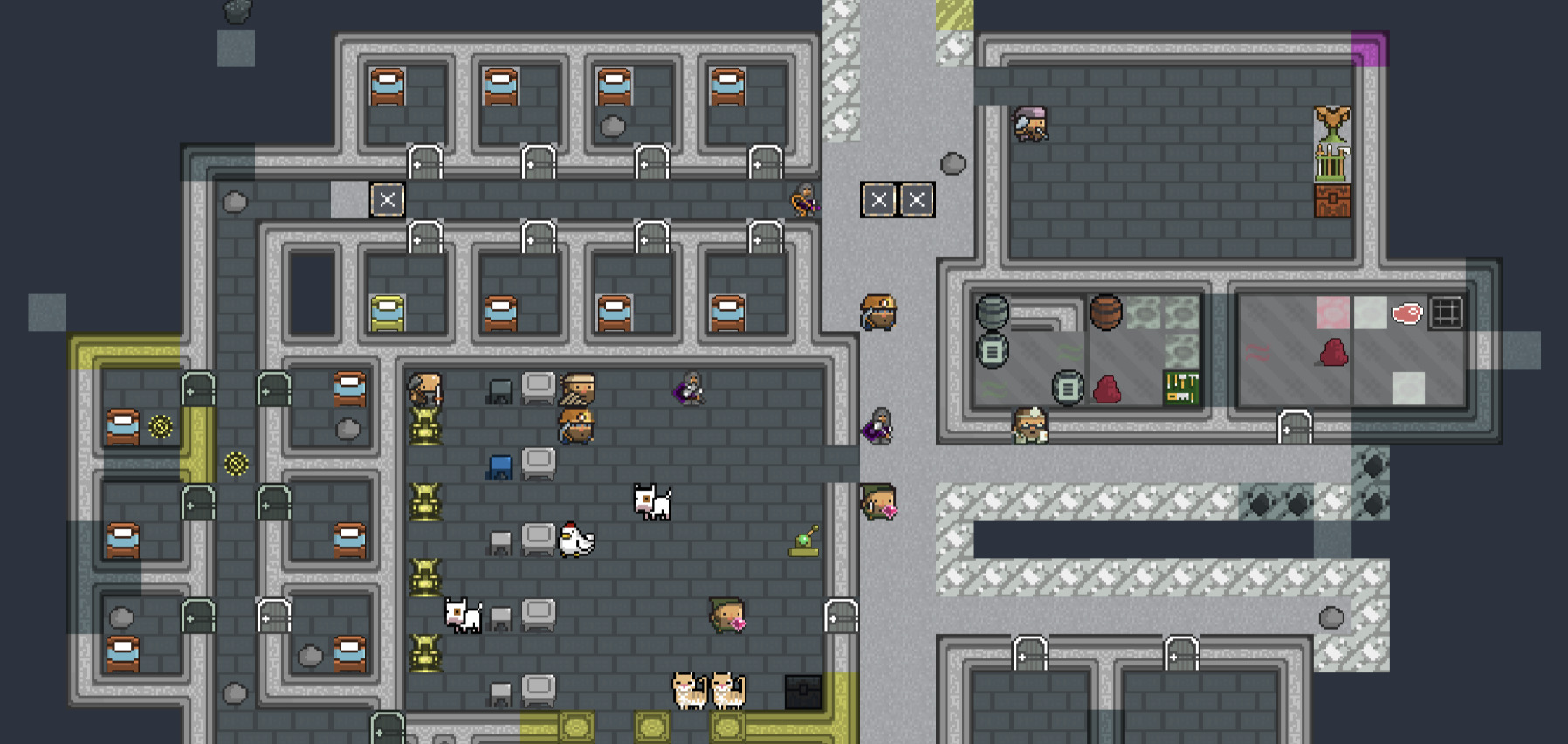
As it's been quite some time since 0.47.05 was released, support for older DF versions has been removed from Remote. This means that after updating the app, you will need to manually download a new Remote package and transfer your save files (located in data/save folder). You can also copy data/init/remote.txt file to retain the same Remote settings without having to configure it again. Server subscription games have been all updated to the latest version.
I have already fixed a few bugs discovered after the release, but unfortunately there may be more, so I want to thank everyone for your patience and support, and please let me know about any issues with your game or server subscription via email.
Strike the Earth!

